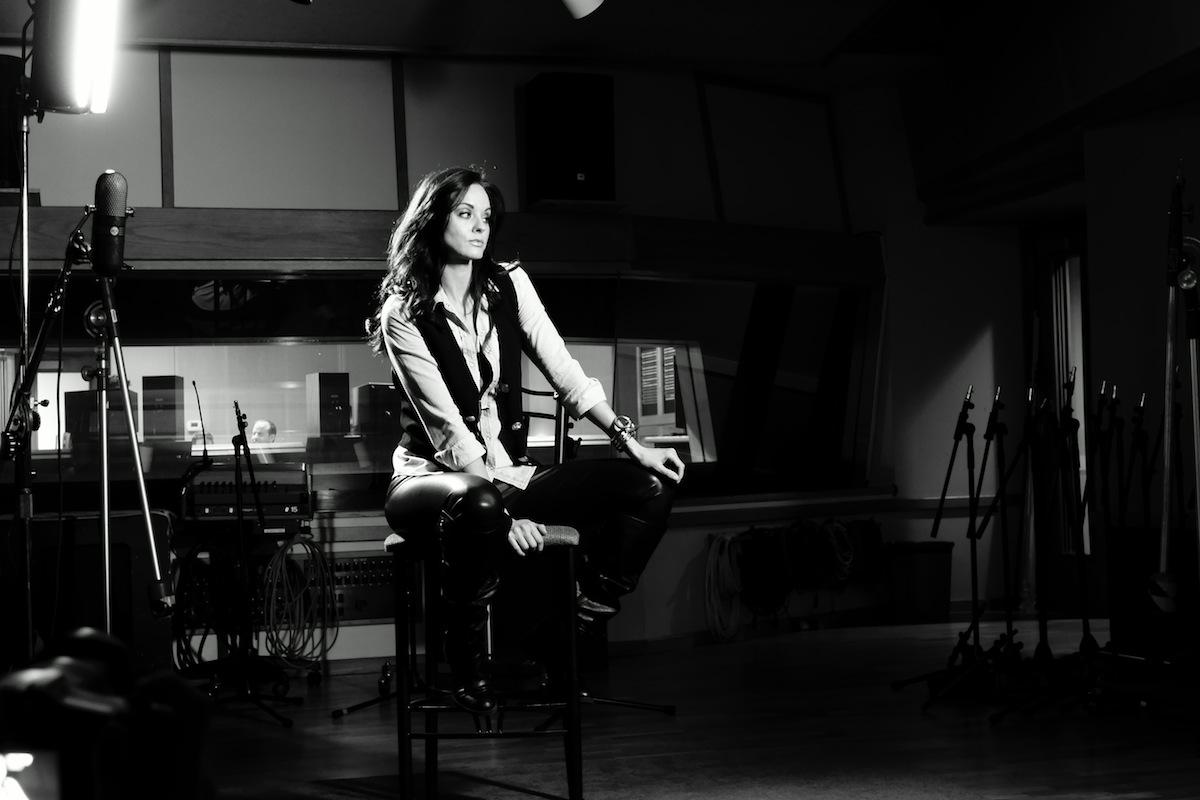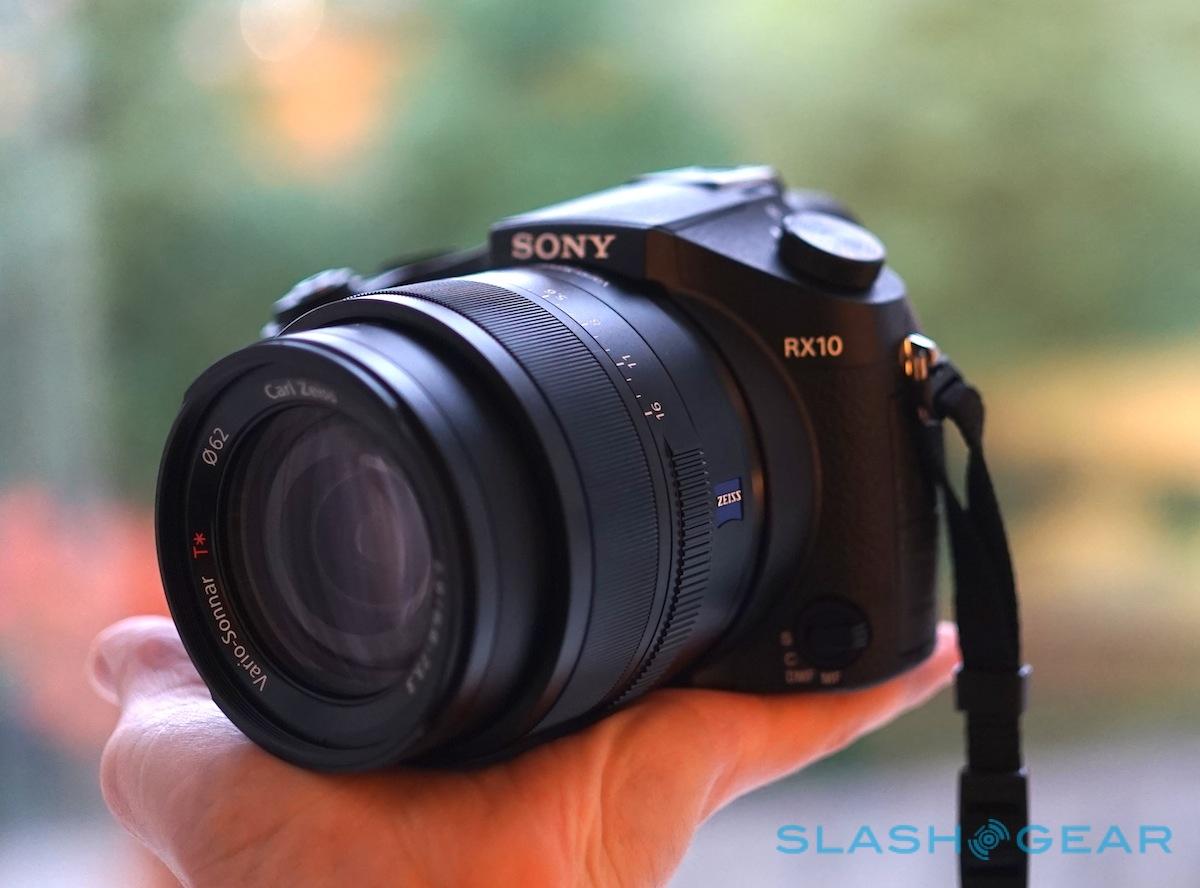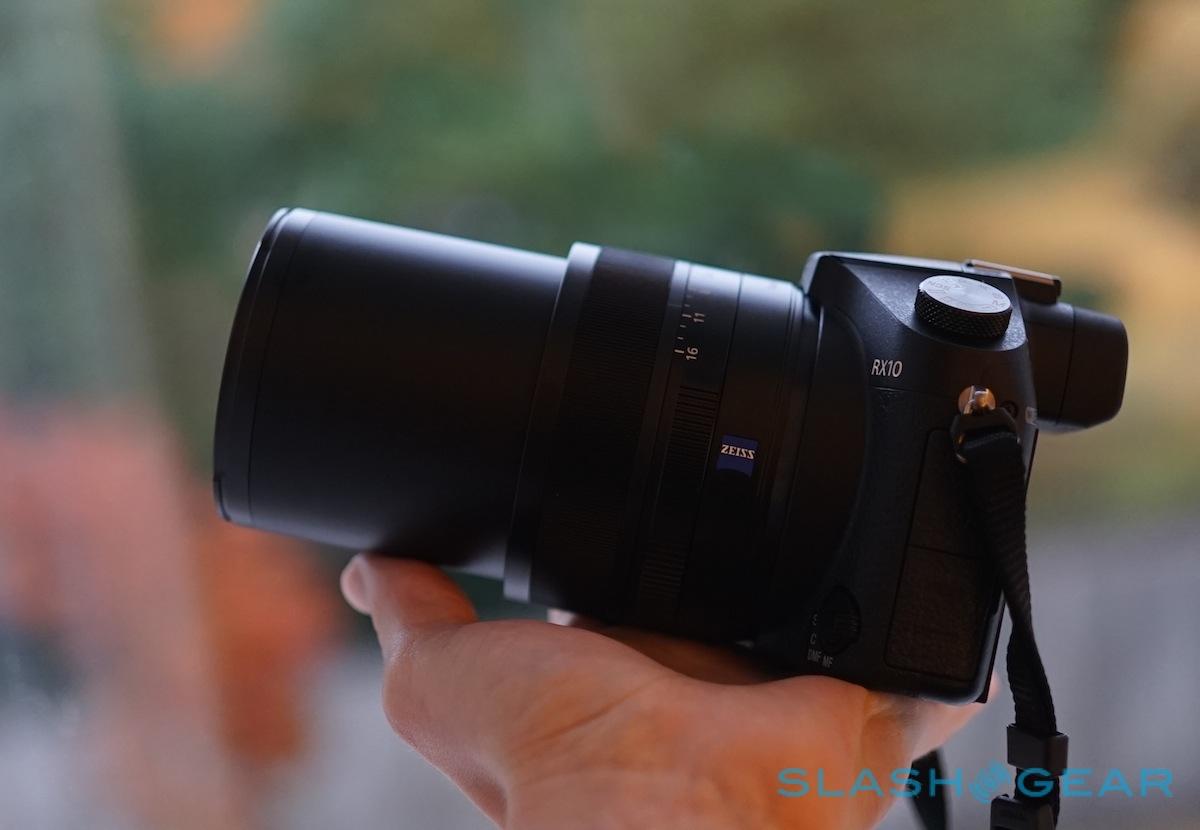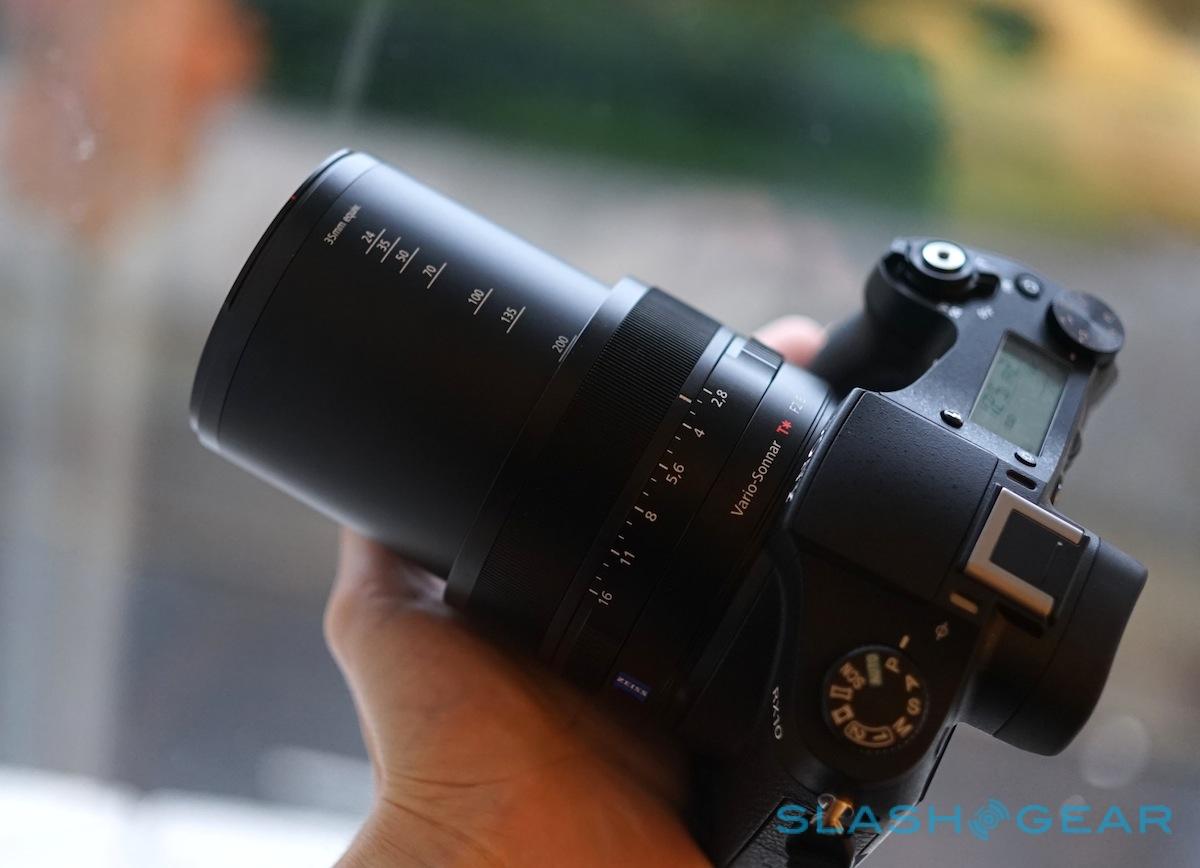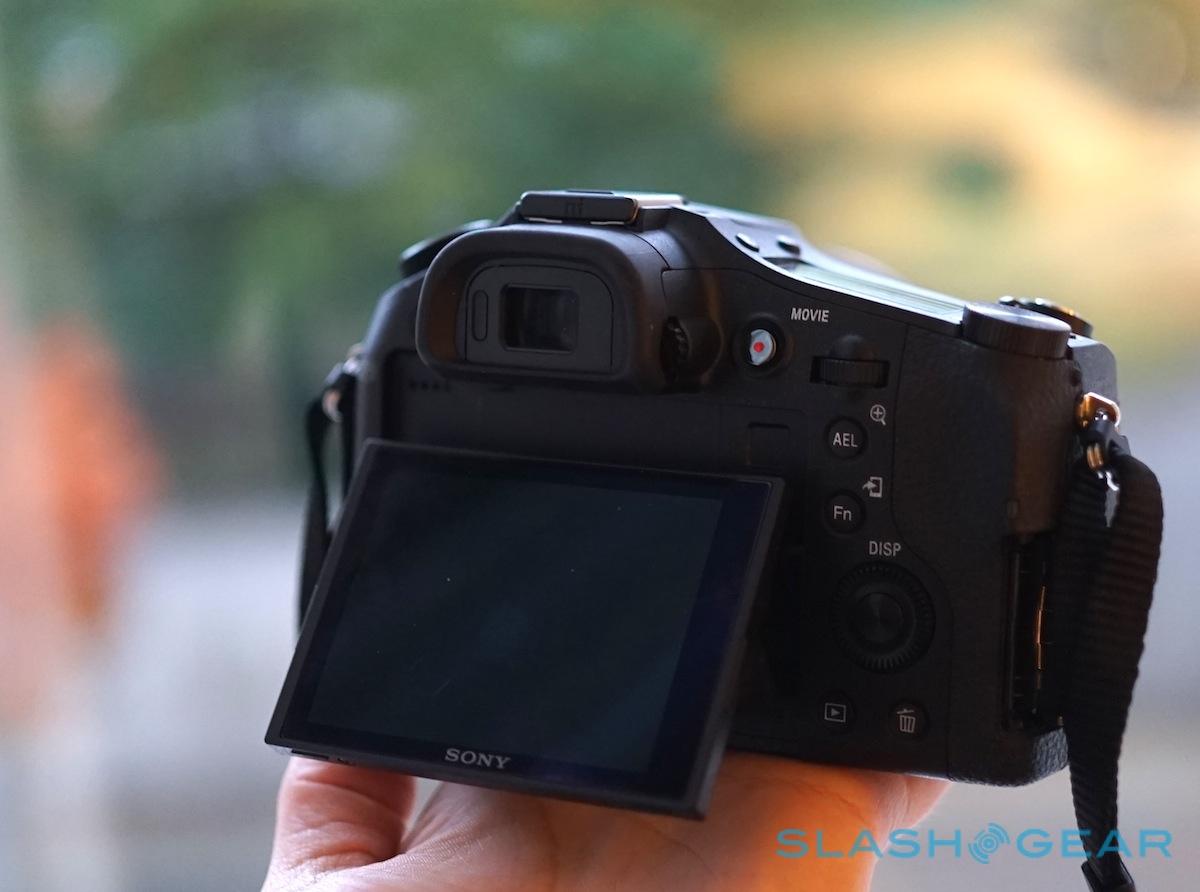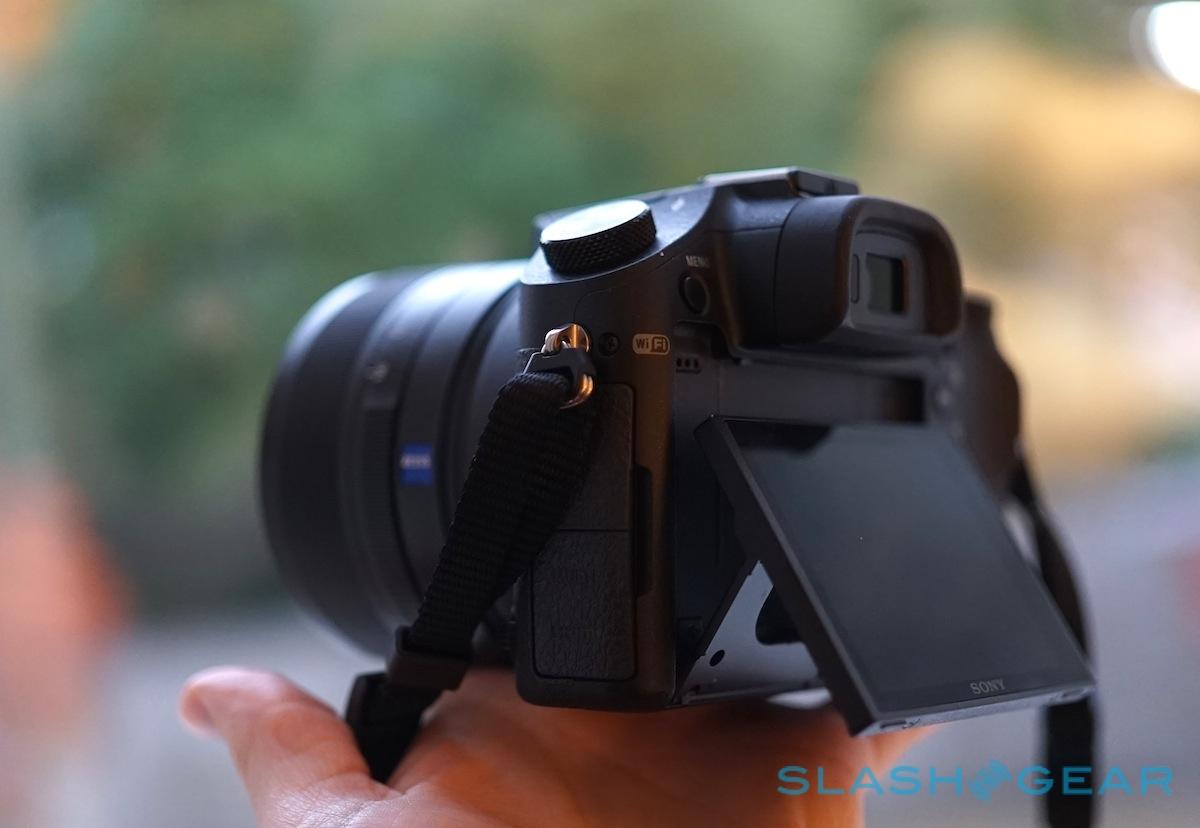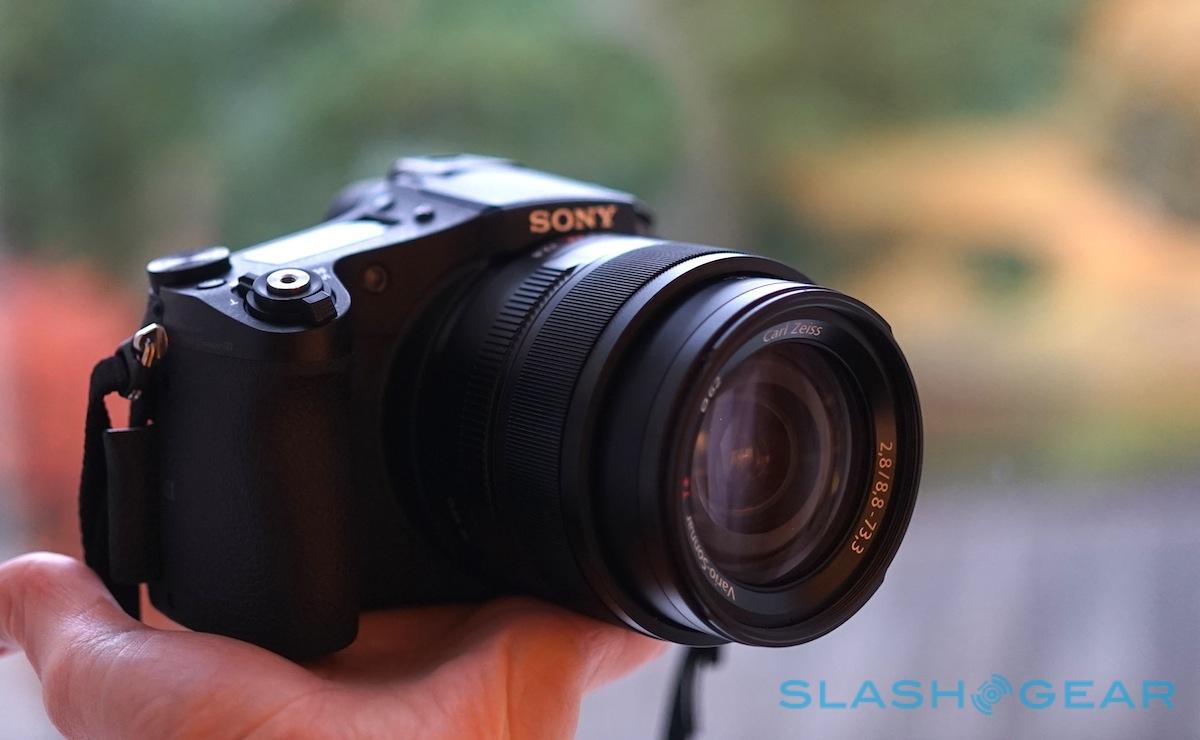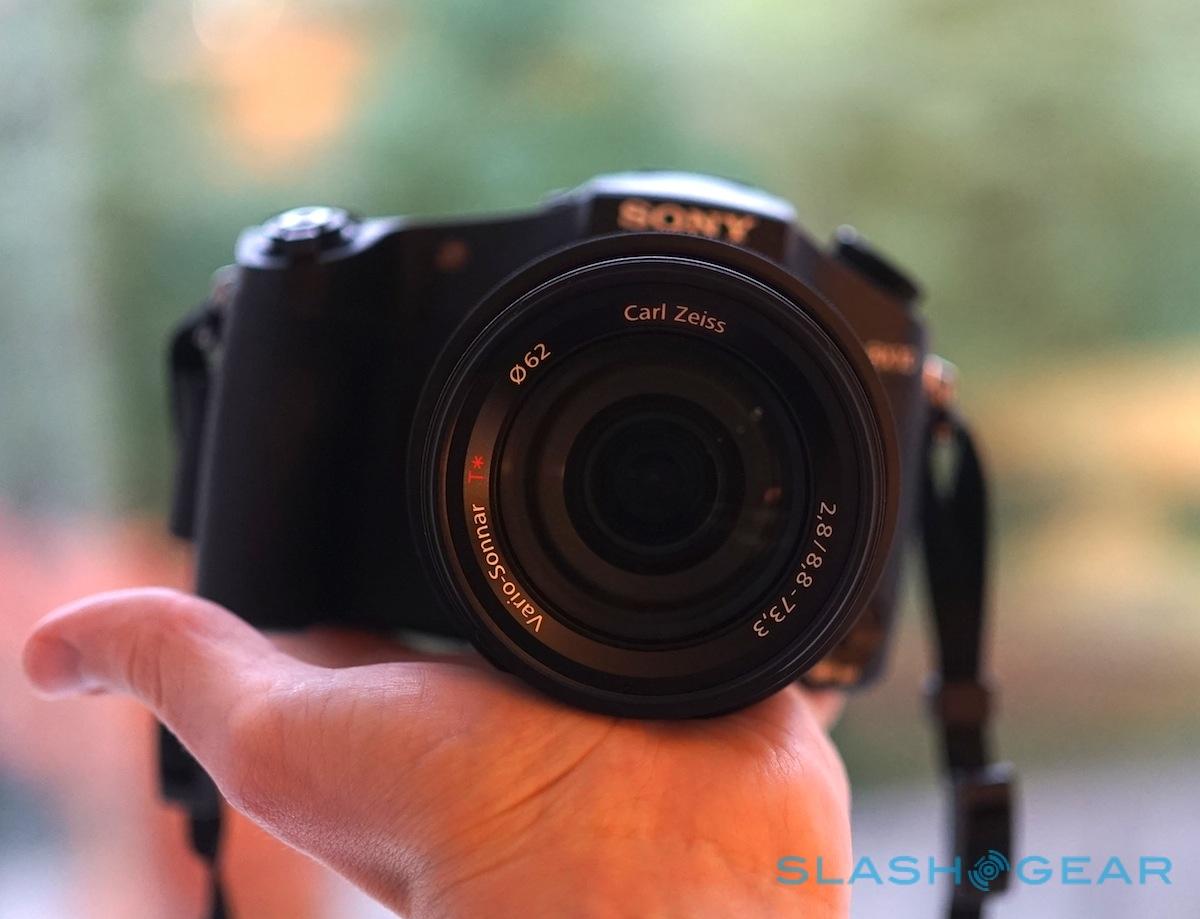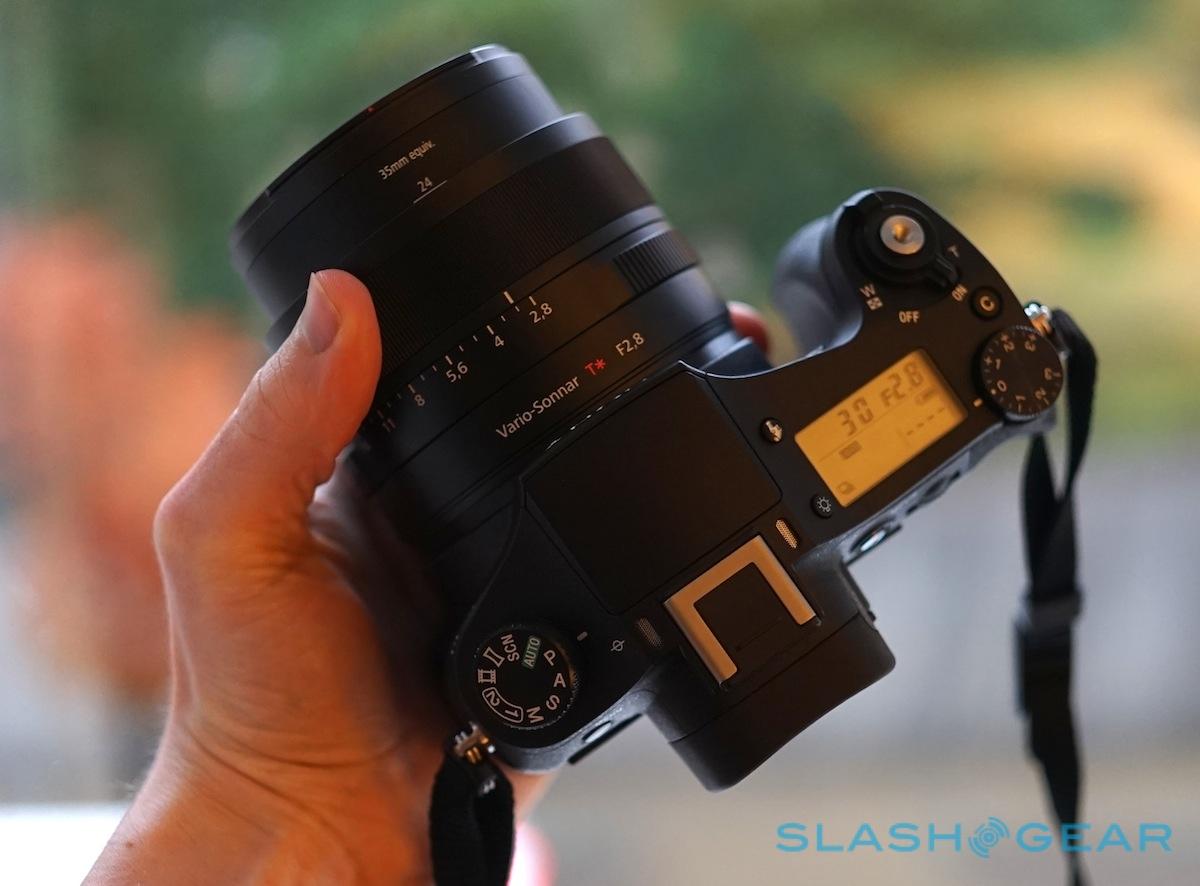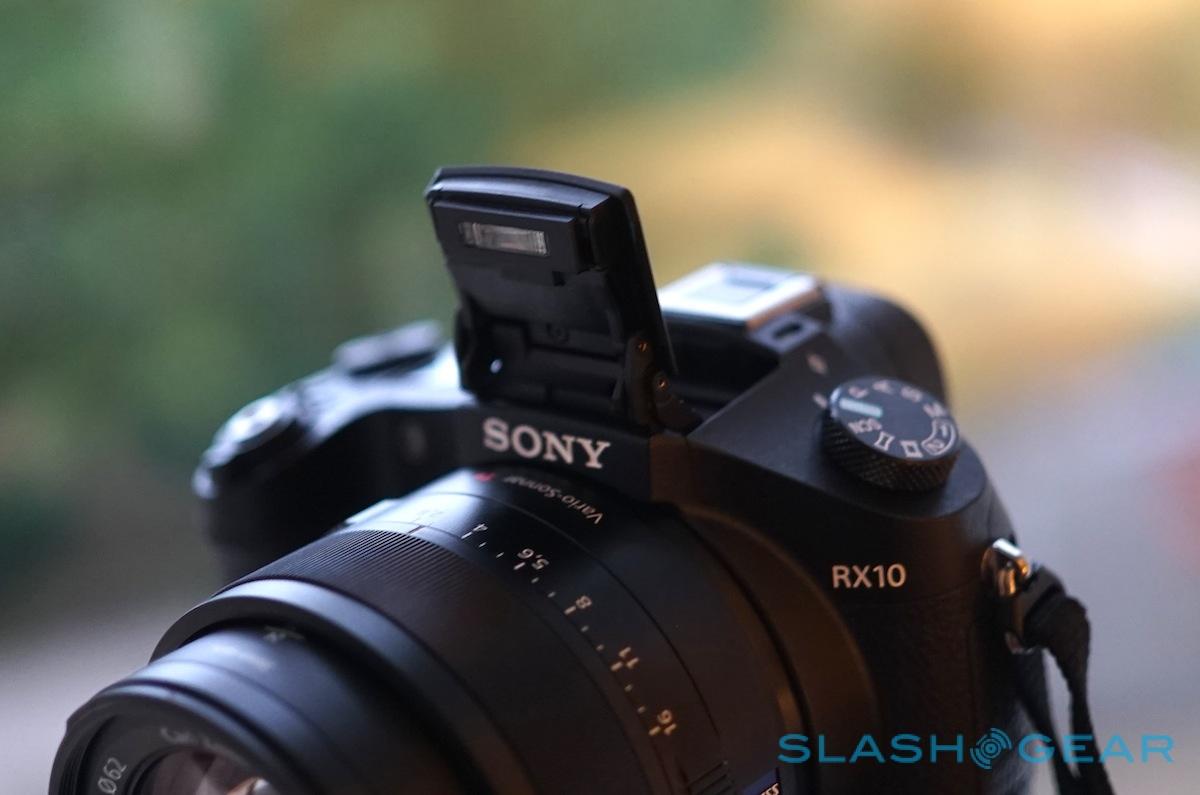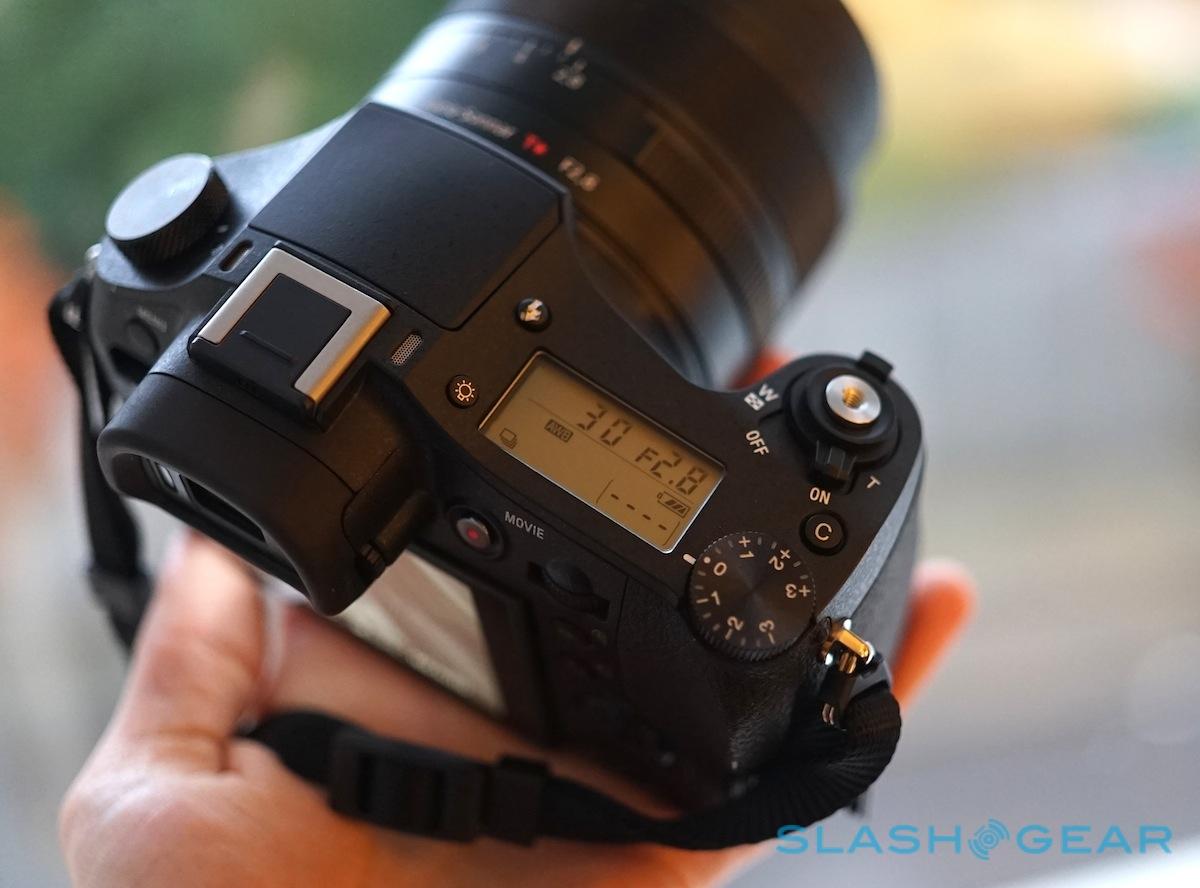Sony RX10 First-Impressions [Samples]
Sony has done a little recycling with the RX10 camera, but when it's re-using the 20.2-megapixel sensor from the much-loved RX100 Mk.II we can't complain too much. In the compact, the 1-inch Exmor R sensor targeted street photographers and those who didn't want to necessarily sacrifice image quality despite having a camera that could fit into a regular pocket; in the RX10, as we discovered recently with an extended preview of the soon-to-be-released shooter, it becomes an altogether different beast. Some of that works, some not so much; read on for our first-impressions.
So it's a super-zoom?
Yes, though it's perhaps not like any super-zoom you've seen before. Whereas the RX100 Mk.II is a tiny thing, the RX10 wraps the 20.2-megapixel sensor in some far bigger clothes so as to accommodate its jewel: the Carl Zeiss Vario-Sonnar T* 24-200mm zoom. It's a big range, yes, but it also manages to maintain a constant F2.8 maximum aperture across the full extent, with a useful dedicated F-stop dial on the barrel itself.
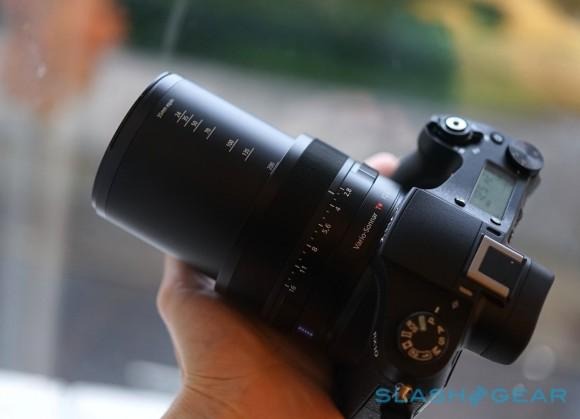
The magic, then, is the combination of the Sony sensor and the Zeiss glass, which pieced together separately would be enough to satisfy many users of interchangeable-lens cameras from Sony's NEX range. Sony's new BIONZ X processor, as found in the estimable A7 and A7R, is also onboard, with its more natural treatment of object edges in-frame, avoiding the over-sharpening that can, Sony argues, leave the final images less authentic representations of your subject. Unfortunately it doesn't get the clever Hybrid AF system from the A7, which combines phase-detection AF with contrast-detection AF, making do with a 25-point contrast AF approach instead.
You also don't get the ability to swap lenses, hence the single chunk of Zeiss that Sony hopes will cover all bases. None of that comes cheap, with the RX10 carrying a $1,299.99 price tag ahead of its release in early December.
How does it handle?
The RX10 is definitely a big camera. At 129.0 x 88.1 x 102.2 mm and 813g (with a battery and memory card in place) you notice the heft of the oversized zoom, and there's obviously no option to twist off the lens and slap on a smaller prime for those times you want to be more discrete.
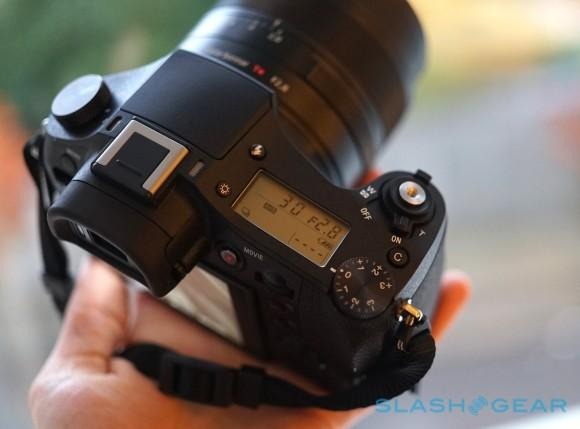
Control-wise, the mode dial is on the left shoulder and the easily-twisted (perhaps too-easily) exposure dial on the far right, behind the shutter release that's orbited by the zoom control and the power switch. A pop-up flash sits in front of a hot-shoe. Like the A7/A7R the menu button is poorly placed out to the left of the high-res OLED viewfinder – the latter being a big advantage, though the automatic switching between it and the 3-inch non-touch articulated LCD display sometimes too eager to kick in – but the other rear-panel controls are better situated. We wish the chunky navigation wheels of the A7/A7R had been pulled across, however, since the RX10's recessed knob is less easily triggered.
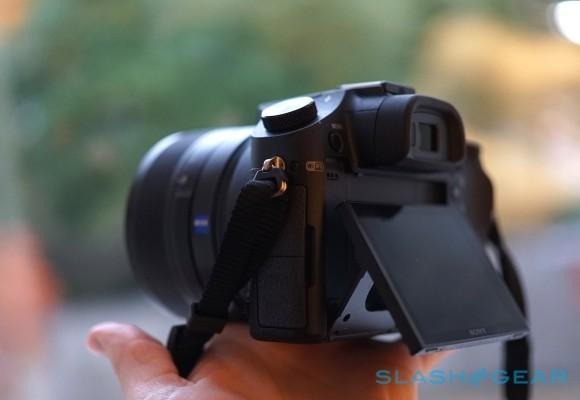
Sony has introduced a new Direct Drive SSM (Super Sonic wave Motor) system for the fly-by-wire lens, which means you trigger a motor even when you twist the barrel for zoom or focus. The claim is that it makes for greater precession, but we missed the immediacy of manual controls. Still, the optical image stabilization works very well, even at the full extent of the zoom, meaning you don't need a tripod.
Once it's time to actually get the shots off, there's the same WiFi Direct support as on the A7/A7R, though again we had issues getting the NFC easy-pairing to work with our Android smartphone. Still, once you've punched in the WiFi Direct passcode, it's a quick matter to push one or more images and videos over to your device for quicker sharing.
So what about the images?
Having a vast zoom at your disposal certainly makes for a flexible camera, and the RX10's low-light performance is impressive. Even in a darkened auditorium, trying to get stage close-ups in tricky lighting conditions, the camera produced some great shots with minimal handshake. The same richness of color we saw on the RX100 Mk.II has been carried over, though the potential for endearing bokeh is less visible, particularly at the extent of the telephoto range.
As for video, the RX10 can shoot up to 1080/60p, and the results are great. Again, despite mixed indoor conditions and tricky lighting, this sample clip of musician Ben Folds running through a soundcheck turned out well. The stereo microphones on either side of the hot-shoe held up, too, though there's happily a 3.5mm stereo audio-input on the side. Best of all, there's minimal shake despite being zoomed in.
Wrap-up
The RX10 is a curiosity in Sony's range. Its sensor has been put to great effect in the RX100 Mk.II, and its Zeiss optics are more than credible, but its $1,300 price tag is huge for the superzoom segment, and puts it up against well-regarded interchangeable-lens cameras.
Meanwhile, not all of Sony's approaches work as well as each other. The OLED viewfinder is great, as is the clean interface, but we're not convinced by the drive-by-wire optics, which feel a little less than immediate in manual mode.
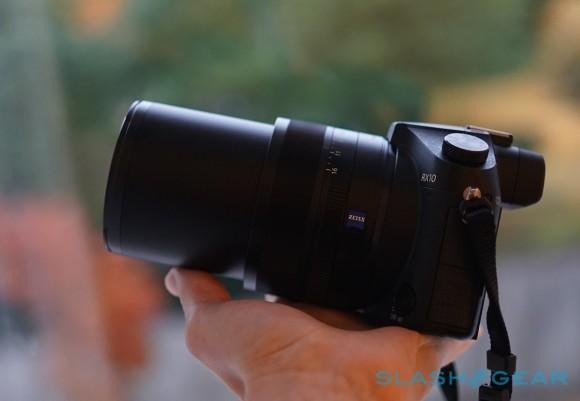
The audience for people who want a fixed-lens, big-zoom premium camera is probably relatively small, especially if they need to have $1.3k burning a hole in their pocket. Still, we can't argue with Sony's lens choice, and the convenience of a do-it-all camera is there for those who don't want to bury themselves in the growing range of aftermarket glass for interchangeable cameras.
Check out more samples from the Sony RX10 over at the SlashGear Google+ page. Sony hosted us with travel and accommodation.






